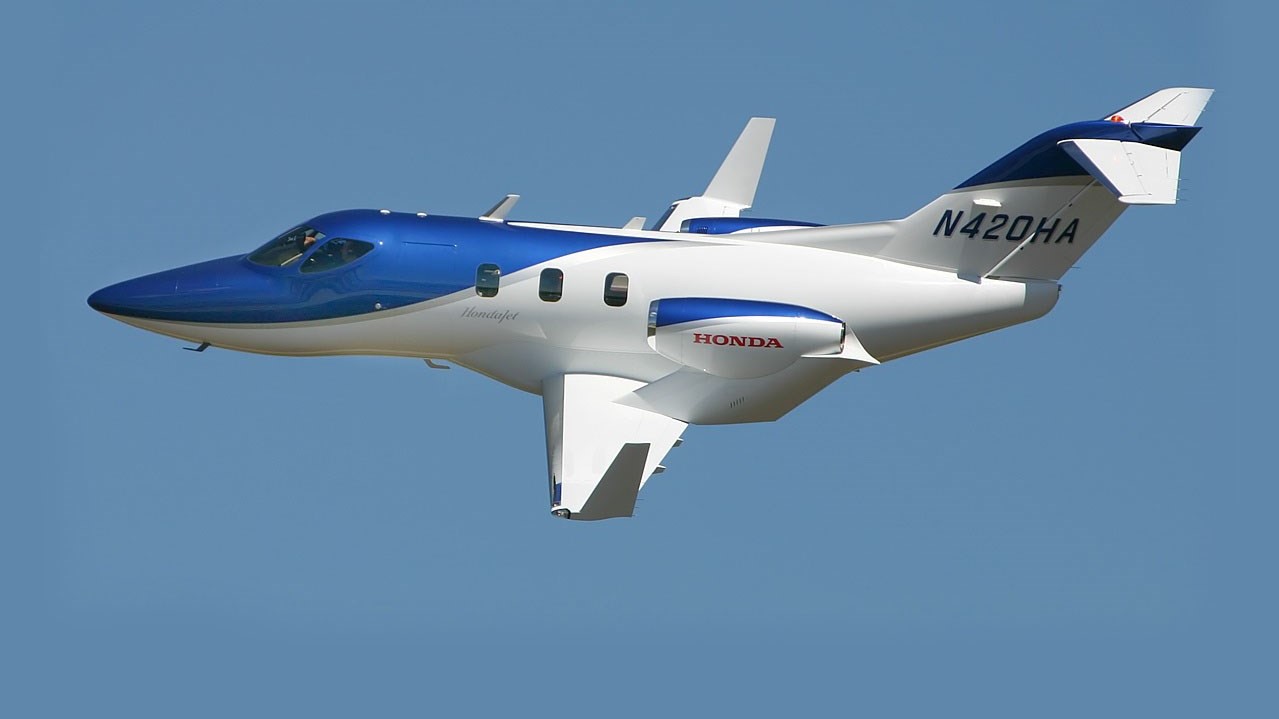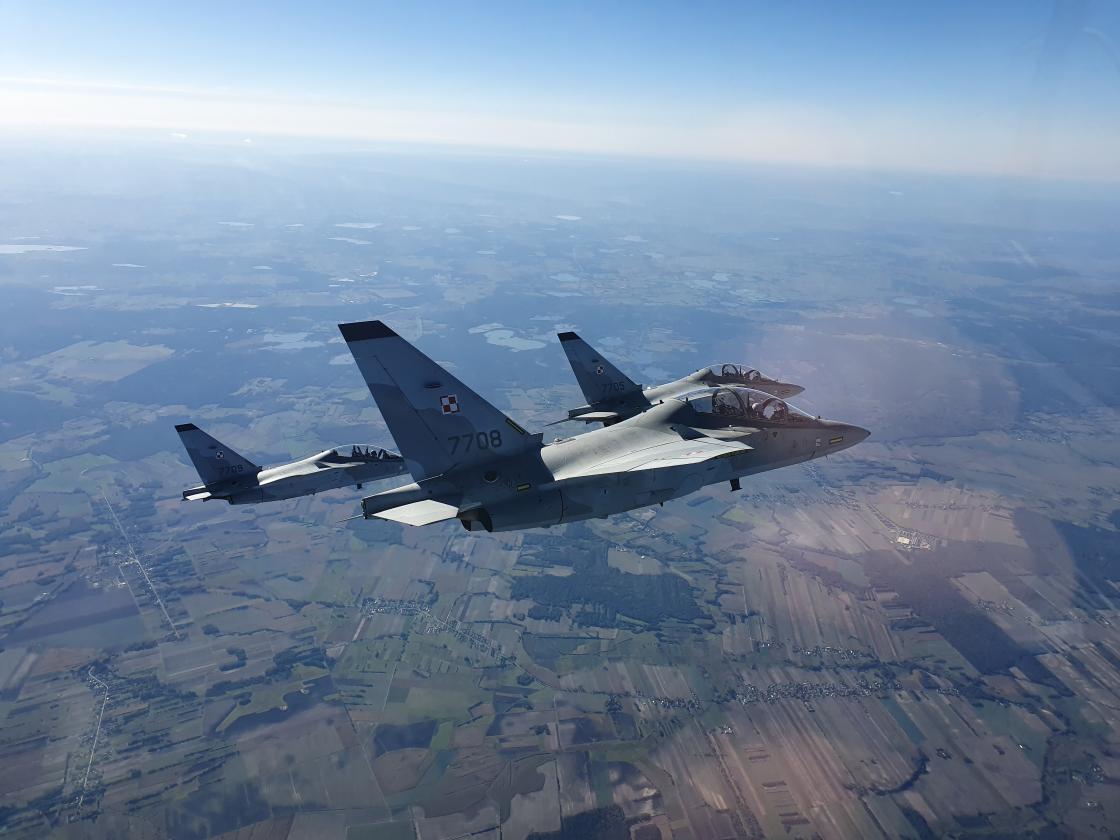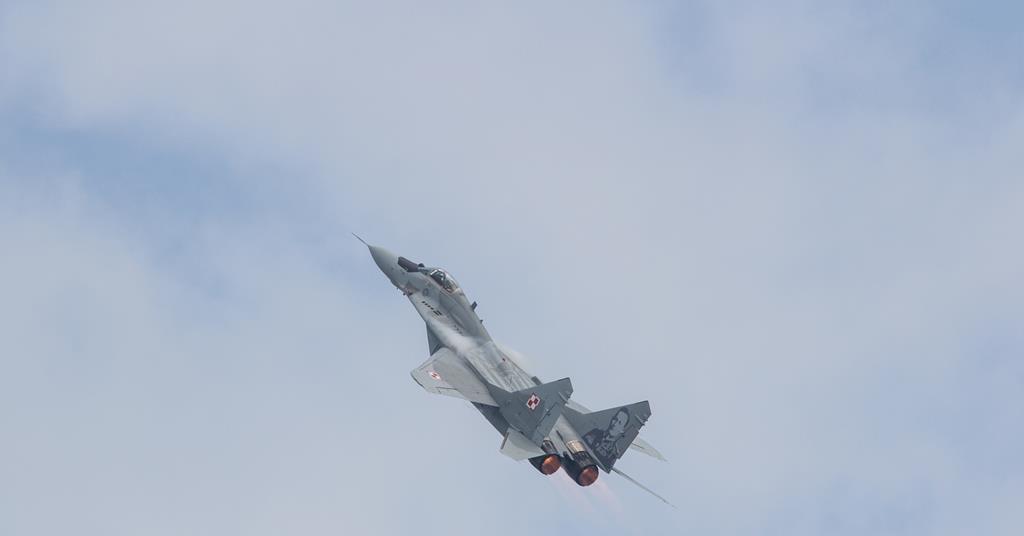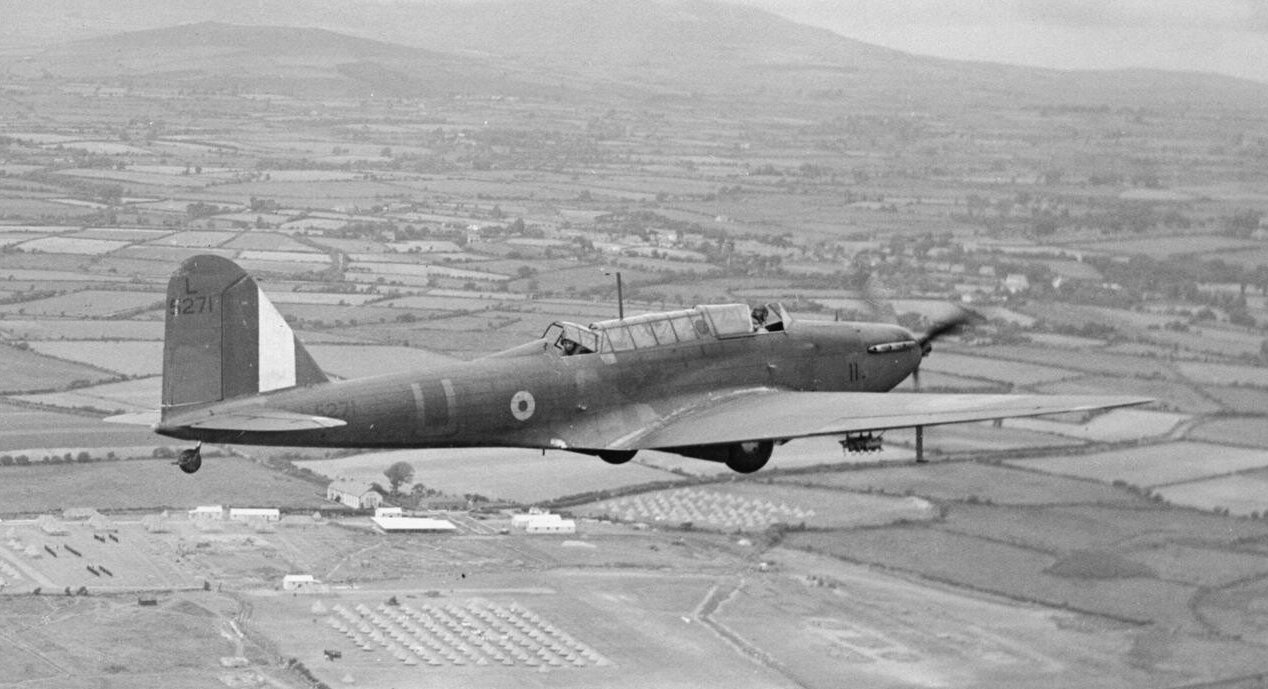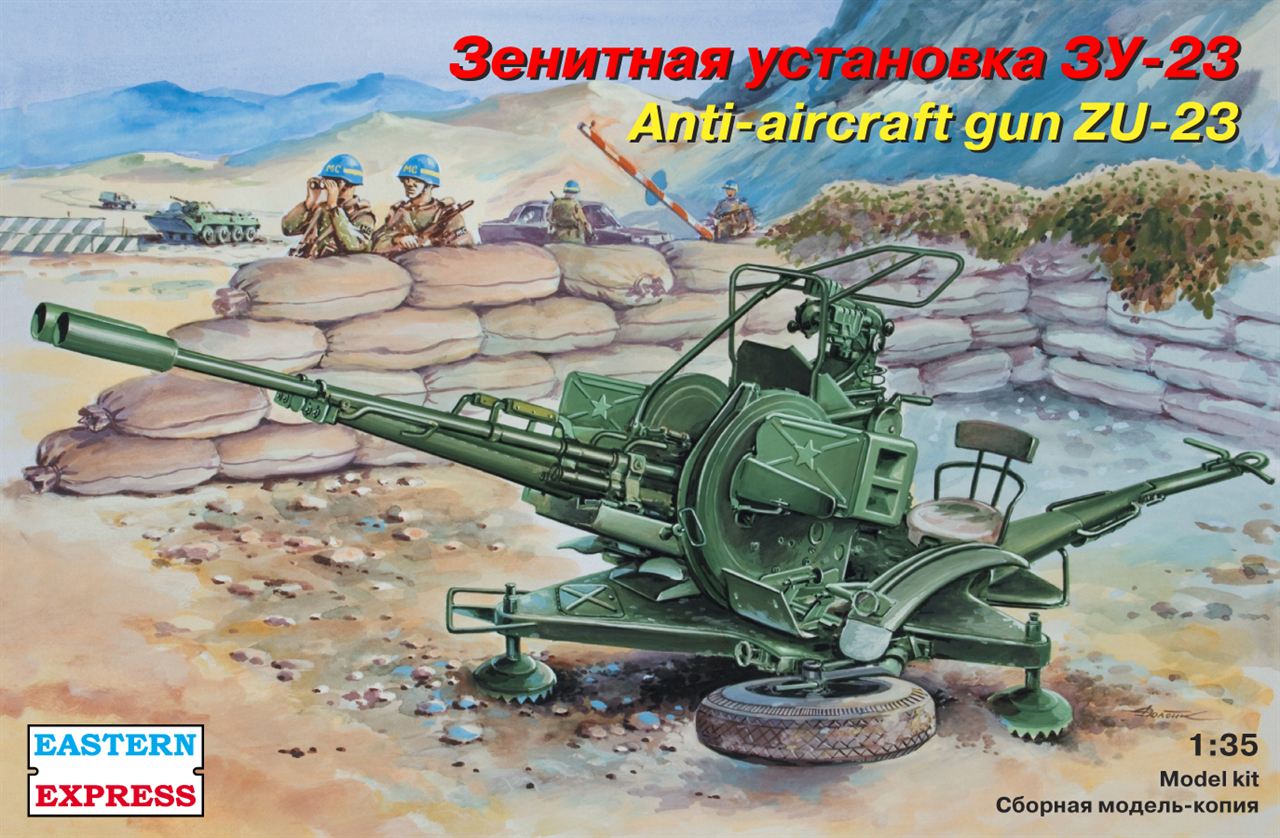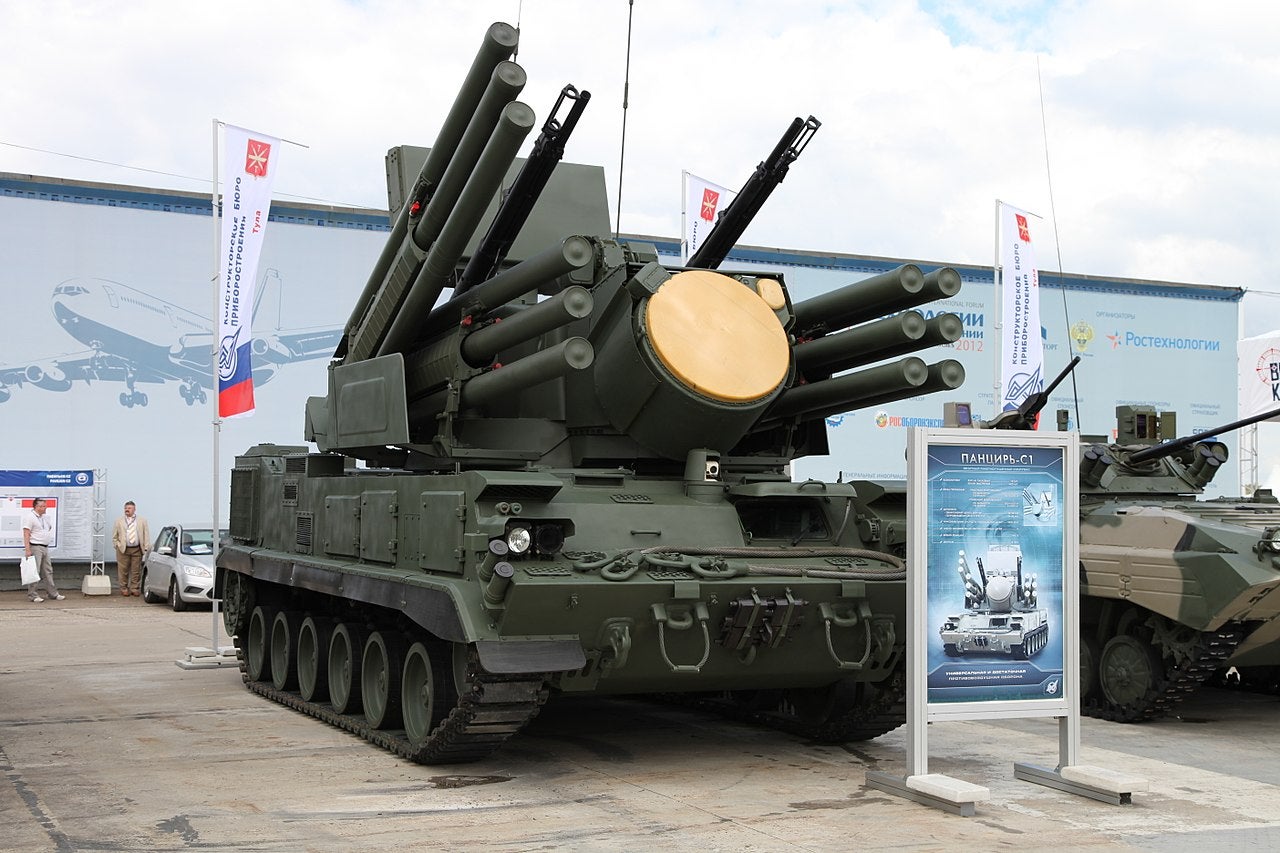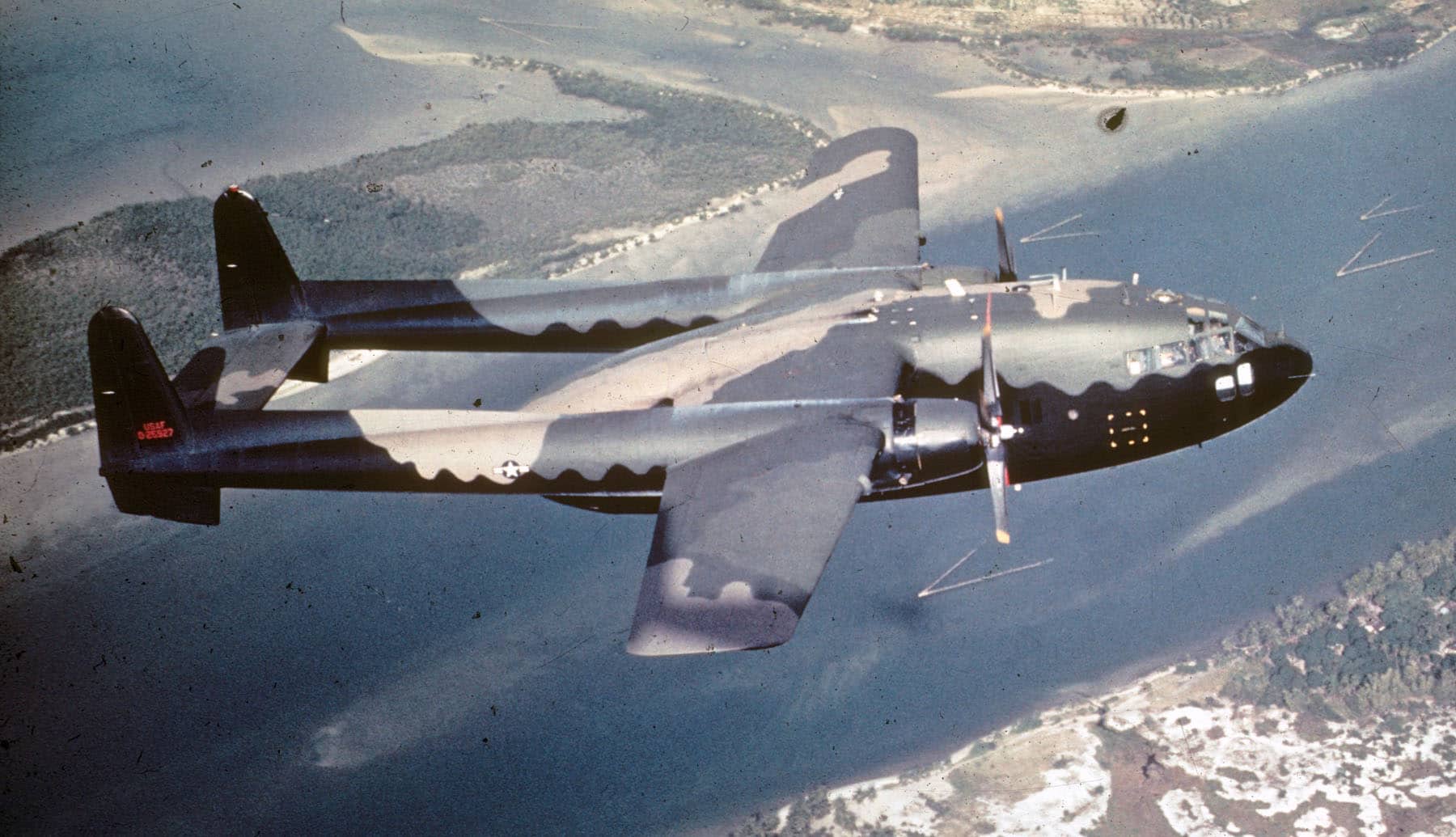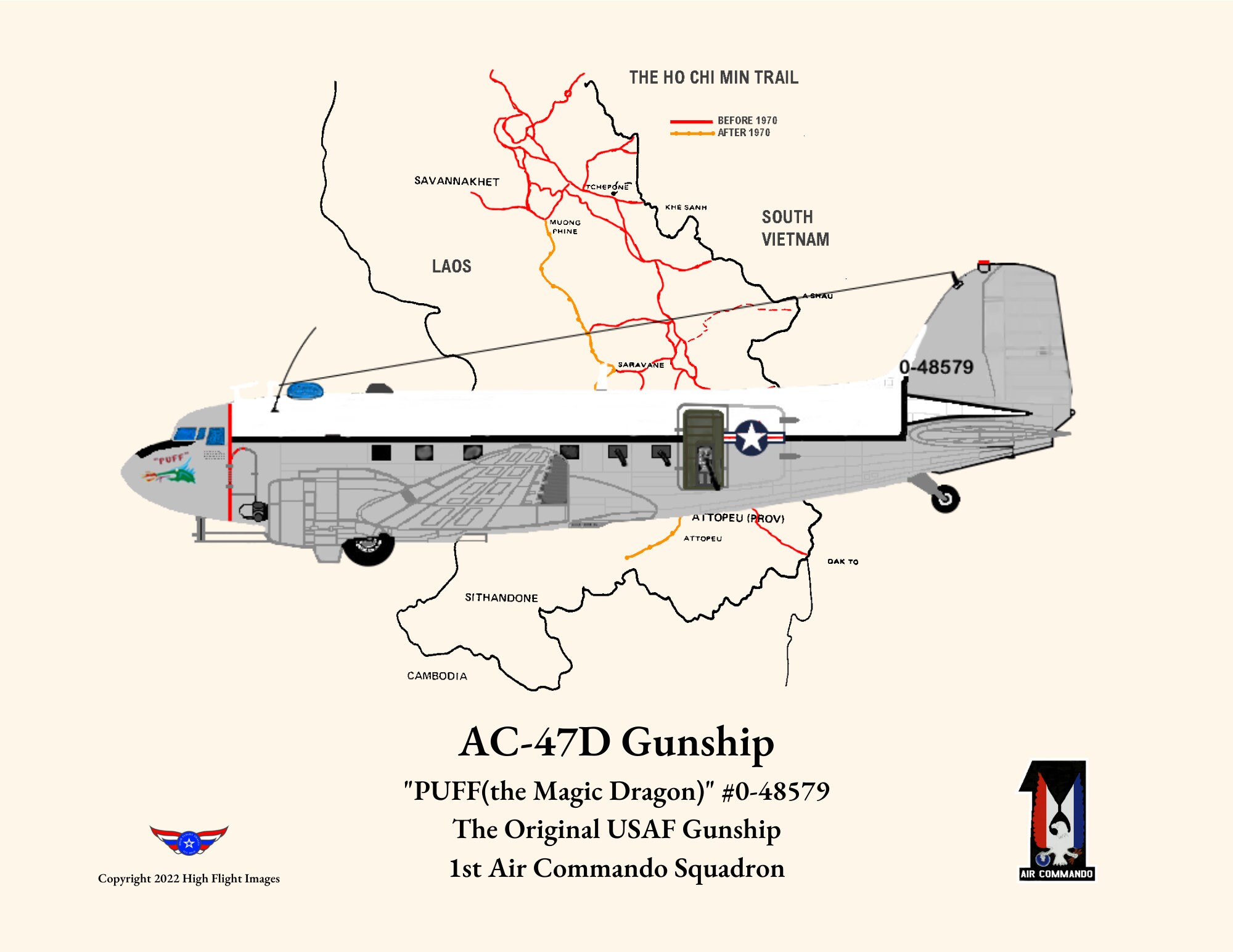S3a Aircraft - A crossing of the equator on any American warship is a rite of passage, an important tradition. Even as early as the 1980s, naval traditions were slipping through the fingers of sailors and were not being replaced with anything substantive.
Being woken up by screaming voices and hands pounding stand-up lockers sent me back to that first morning at Great Lakes. My once faithful SENSO comrades had donned the clothes one would expect to find on pirates and herded us to the hangar bay to join a significant majority of the carrier's crew.
S3a Aircraft

There, we were reminded that all humans were born a Wog (short for "Pollywog," a tadpole or a sailor who has not yet crossed the line) and nothing was of a lower life form than a Wog.
Successful Cod Formulas
“ESM hit from a Snoop Tray!” the COTAC excitedly calls out. At the same time, the TACCO says a Link 11 ESM contact is displayed giving a relatively good fix on where the possible submarine might be transmitting.
It's looking more and more like an actual submarine since the transmissions are only single sweeps. She is clearly trying to find the battlegroup with her mast-extended Snoop Tray radar. I ask the TACCO if I can radiate to try and gain contact on the exposed masts.
He hesitates, then says "No. We have a fix, let's go in and drop a pattern and try and maintain some measure of surprise.” The Navy's Carrier-Based Aerial Refueling System (CBARS) initiative, now commonly referred to as the MQ-25 Stingray program, has heated up, and all three competitors have unveiled their proposed unmanned tanker designs.
But considering the dwindling ambitions and ever-lengthening timelines that have plagued the Navy's initiative to field a drone of any kind for its carriers, one has to question why the service needs a purpose-built tanker drone at all, especially considering that a potentially far
Languishing In The Desert But Not Ignored
more economical and faster solution may have been quietly baking in the Arizona sun for nearly a decade. I reported to the TACCO that I wasn't seeing or hearing anything distinctive from this contact that I could use to make a classification with.
That was good news. The odds were clearly against it being one of the friendly U.S. nuclear boats. He warned me we were almost there and I pasted my face against my tiny, tiny window….and it flashed by.
We flew, first to NAS North Island and stayed overnight. It was a remarkable "full-circle" for me to walk back into the Trainer Building and say hello to all my instructors. All 10 of the flight crews were exhausted from our seven months at sea and slept the night away.
Early the following morning, our 10 aircraft launched out of San Diego and flew across the incredibly beautiful expanse of the United States—well, what I could see of it out my tiny window, anyway. Flight ops were once again suspended for the duration as we now raced south to the bottom of the world.
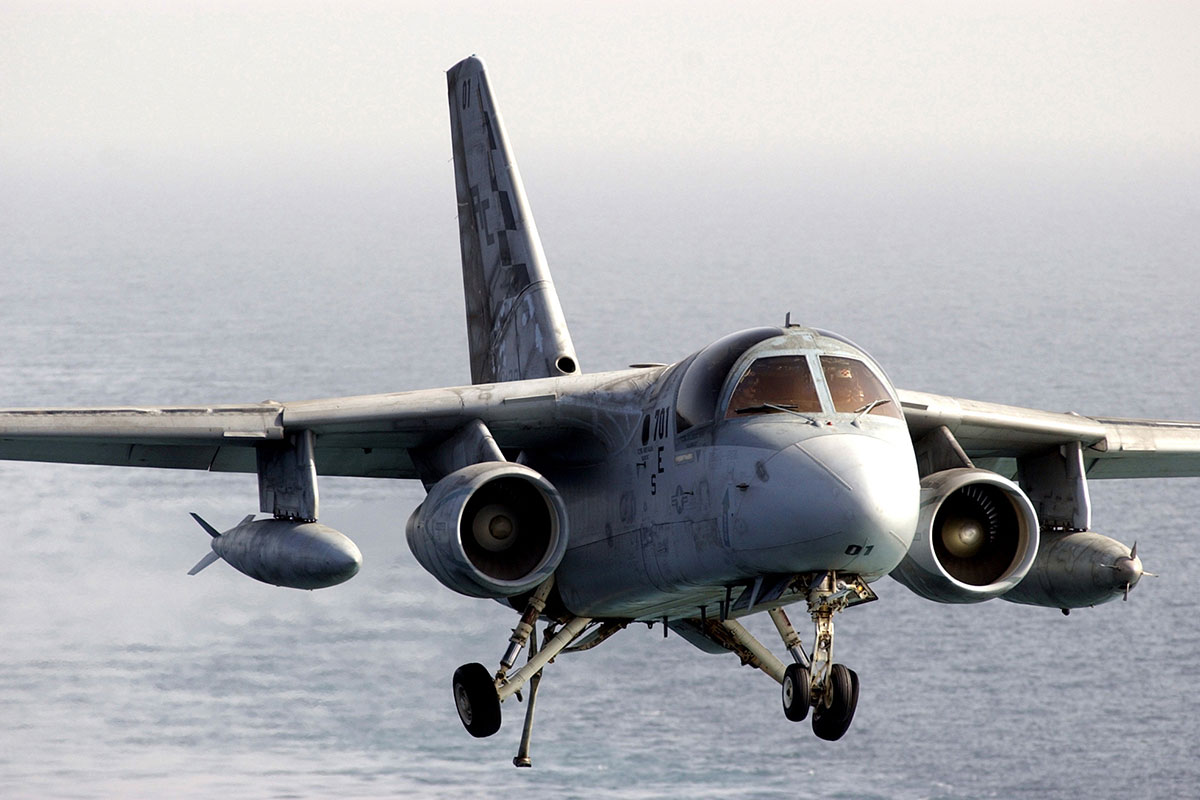
Bill Walton
The aircraft that could not be stored in the hangar bay were tied down and sealed off against the elements. We all anticipated that our carrier would be tossed about by the weather and seas Cape Horn is notorious for.
We were surprised by a relatively clear, cold morning sky as the Nimitz' Navigator invited everyone to see the very southern tip of South America off our starboard side. What was so fascinating about all of these systems is how the GPDC, a computer produced in the late 1960s, could take input from them and create displays for all four of the Viking's crew to perform the various roles assigned.
Once the sensors had detected a specific threat, the computer could take input from aircraft avionics and move the airplane to intercept the target, automatically releasing its weapons. In other words, with input from all crew stations, the TACCO (Tactical Coordinator) could "fly" the plane from the backseat using fly-to-points (FTPs) and sensor/weapons select choices.
As the aircraft symbol—or "bug" as we called it—captured the tasking symbology, the computer would send electrons to those particular parts of the aircraft and perform the assigned function. Pretty damn cool for an aircraft designed in the late '60s.
Stripped-Down Heavy Hauler
I enter the paraloft, which is a few doors down from our ready room. My flight gear, along with the individual gear of every other AW, pilot and NFO in the squadron, is hanging from one of the pegs along the bulkhead.
I pull on all my flight gear and make my way out to the flight deck. Much like professional athletes who train for the big game, military units train for war. But one of the unique things about serving aboard a warship or a deployed unit in the United States Navy is that the enemy you are planning to fight kindly offers his services to help you prepare for that war.
An aircraft carrier battlegroup's deployment to the North Atlantic or the Mediterranean ensured a Soviet naval response and presence allowing both sides to potentially discover and learn how the other would act in time of war.
It will be very interesting to see what the cost predictions are for rebuilding the S-3 into a true COD machine, but considering what is already acting as rattlesnake shades in the Arizona Desert (around 90 usable S-3s), and the off the
Could Have Been A Whole New Texaco
shelf technologies that could be applied to this already adaptable platform, I think the V-22 and an upgraded Greyhound may have a hard fight in front of them. "You were right, it was Charlie. Just a couple of minutes of contact!”
They left and I waited to be dragged by my flightsuit collar at the strong hand of my Chief behind the curtain that separated the ready room from our tiny squadron operations office. As we taxi, I'm going through my various sensor systems ensuring they are working correctly.

Meanwhile, the COTAC or pilot is giving us a running commentary of where we are on the flight deck (particularly at night and/or in bad weather) providing us with situational awareness. The weapons bay was modified to carry cargo and a huge cargo pod was carried on a wing station that could be stuffed with all types of material.
The US-3A was faster and longer ranged than the C-2 and could be aerial refueled, but it could not carry big items like jet engines and other out-sized cargo. Interestingly enough, Lockheed pitched an idea where they would build a stretched, fatter US-3 that would retain the wings and control surfaces of the original Viking, but the fuselage would be 100% COD optimized and capable of handling up to 30 passengers as well
The Blivets That Outlived Their Owners
as spare jet engines. Sure, it's pretty wild to wish for conflict just to see the iconic "Turkey Bird" prove itself again in battle and go out with a thundering bang, but hey, people LOVED that jet.
Sadly, it seemed that for every person that fought for the Tomcat's reprieve, another one misunderstood the more humble yet adaptable S-3, and in the end only the true combat aircraft nerds or those within NAVAIR who realized what the Navy was giving up really
cried against its premature demise. Oh, and despite the hard-to-contain joy that issued from every aircrewman's heart and soul when we briefed for the big fly-off from the boat going back to the beach, the ready room was filled with the requisite moan when that poor pilot
once again discovered he was scheduled to fly the dreaded blivet bird. Any number of scenarios can present themselves to a battlegroup, but it is rare that we were not aware of the general undersea picture around us because of intelligence sources, primarily from the Sound Surveillance System (SOSUS).
There Can Be Only Six
However, contact on a SOSUS array did not mean the submarine was localized, much less being closely tracked in many areas of the open waters in the Atlantic and certainly along the coastal boundaries of that ocean.
That is where MPAs, surface ships, and allied submarines came into play. Then, once a Soviet boat entered the Mediterranean, diligent tracking did not guarantee we would maintain constant contact. Thus, regenerating contact with battlegroup ships' hull-mounted sonars and towed arrays (if they carried one) along with allied MPAs and the S-3s from the carrier, was an absolute priority.
The idea of retooling the mothballed S-3 Viking fleet into unmanned drones popped up in a twitter conversation recently on our friend Stephen Trimble's page. At first, I had the feeling of deja-vu, but then I remembered I proposed doing just that six years ago and brought it up again two years later.
Additionally, I will never be able to say enough about the helo community where the AWs in the back of the SH-3 Sea King, the SH-2 Seasprite, and the SH-60B Seahawk not only performed similar tasks as their fixed-wing

brethren, but routinely risked their lives as SAR swimmers by leaving their aircraft "so others may live." In my view, these guys defined the concept of hero each and every day the rotors turned overhead. The Navy is no stranger to the V-22, as NAVAIR also runs the Marine's air arm component, which now owns hundreds of MV-22s.
Additionally, the Navy was supposed to buy about fifty of the V-22s to partially replace its tandem rotor CH-46s Sea Knights for multi-mission duties, including vertical replenishment, but this never happened and today MH-60S largely does the CH-
46's job. Finally, my pilot turns to us and we begin our crew brief discussing the mission and then emergency procedures. I listen intently as he covers "Single Engine Failure off the Cat" with the COTAC and they go through the procedure together, actually acting it out as if they were in the cockpit.
He then picks a random emergency procedure from Part V or "Section Five" of our NATOPS manual, usually something related to ejection or emergency egress from the aircraft. It is always something we long-ago committed to brain and muscle memory.
He calls out “Man-Seat Separation Failure.” As we verbalize it together, I close my eyes and act it out in my chair: My mind was reeling as I was instantly transported back to the acrid smell in the trainer at NAS Willow Grove.
At least in the Viking, I did have a small window, a limited view out the COTAC's windscreen, and no burning paper. Were I to transition (back) to the P-3, I'd be puking multiple times each flight.
I simply had no options. I had come so far. I had to stay in the S-3. I dropped the FLIR and rotated it as they approached and, for the first time in my life, I got to see these breathtaking beauties occupying the same airspace I was in!
One Tomcat gracefully took station on each of our wings. Another two held station on opposite wings but off and behind their wingmen. Two more flew well after us. I could not believe that I was here at this moment in time!
We stayed for what seemed an eternity on BENO station. Sadly, our presence did nothing to free Terry Waite or the other hostages (Waite would remain a prisoner until 1991). As the Mediterranean winter transitioned into spring, I gained flight hours, experience and, to some degree, confidence in myself as a Viking SENSE.
However, the battle group was about to enter into a major Sixth Fleet/NATO exercise known as Dragon Hammer '87, and I would face another opportunity to be hammered by yet another dragon that would force me to get a clue as to just how much
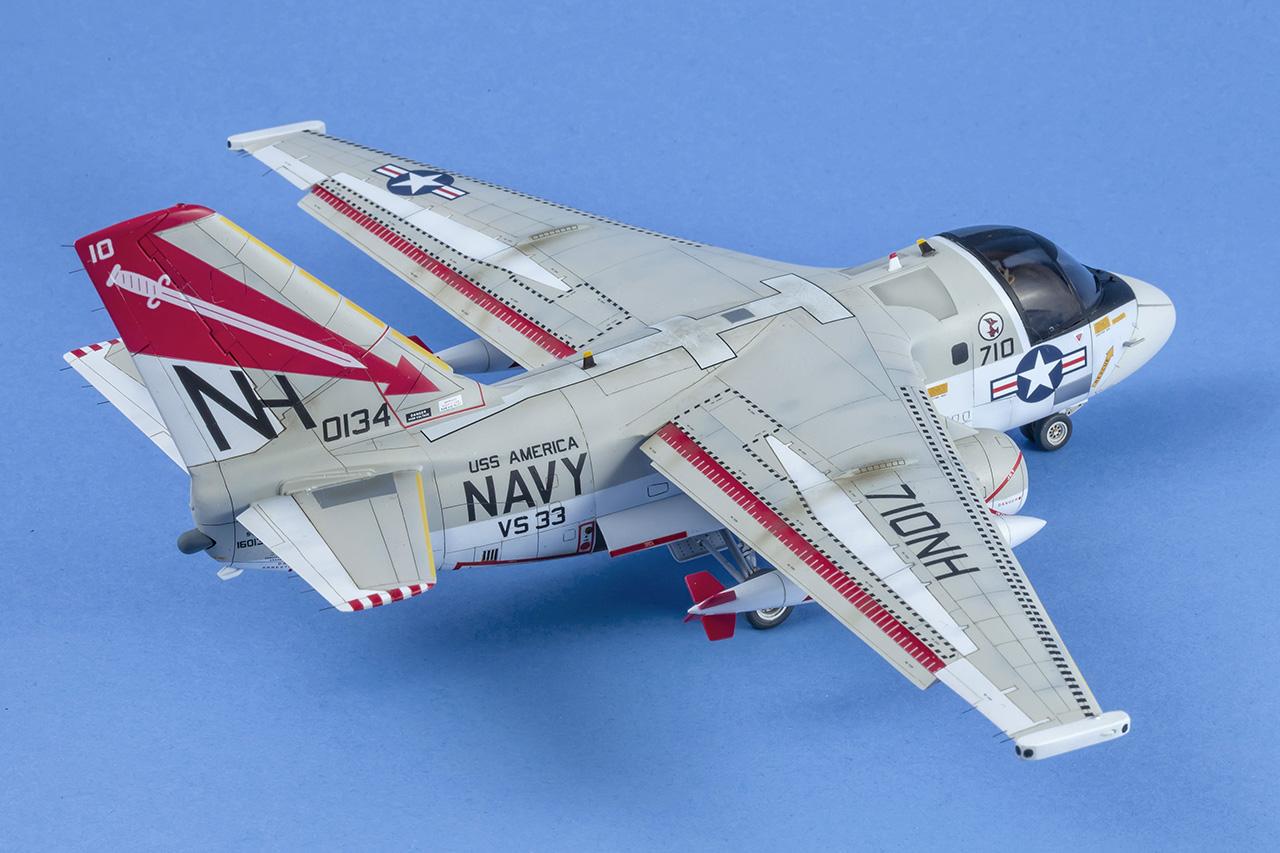
responsibility a single, kid-AW in a multi-million dollar aircraft had in determining whether we would kill an enemy or a friend. I quickly pulled the ATR out of the recorder and made my way to the ASMOD.
The TACCO and COTAC beat me there by a few minutes. All of us are still in our flight gear, all three of our helmets resting on the watch officer's desk. During the debrief, we reviewed the tape.
We also found out the reason why the Victor was so quiet. She was a Victor III. Our pilots and crew team members undergo training & certifications above what is required by the FAA Part 107 Regulations.
We do this to ensure the highest level of professionalism and scene safety during all missions. As I reach the flight deck, I put my helmet on since the HS-9 plane guard Sea King is launching.
Aircraft 710 is on elevator #1 and I only have a short walk to take from the protection of the carrier's island superstructure. Considering just four aircraft based on the MQ-25 winning design will be built before the Navy decides if it will order a total of 72 aircraft, there are plenty of S-3s to satisfy this requirement.
As we mentioned before, the beauty of using the S-3 is that Navy could obtain its first prototypes far faster than what's demanded under the MQ-25 contract, under which the first four aircraft won't be delivered until around 2023. And that
is if everything goes as planned and if the program even survives until then. Foxtrot Alpha is a big fan of the DoD making the very most out of the assets it has already purchased before blowing extreme amounts of cash on new ones.
The recycling of the S-3 sounds like a terrific opportunity to do just that. The S-3's two remarkable, reliable, and extremely efficient engines could keep it aloft for MPA-like hours if necessary and ensure its safe return.
It also had a relatively large fuselage disciplined by the designers to effectively contain the avionics, sensors, weapons, and crew needed to prevent a submarine from ruining an aircraft carrier's day. And while most products produced for the military are designed for a current threat at the time an engineer sharpens their new pencil, the early 1970s Viking was built with room to grow in anticipation of the evolutionary progress of the Soviet submarine through the remainder of the 20th
Century and into the 21st. WTF! ME? I had never flown an airplane before. With caution and some reluctance, I put my hand around the stick. Russ then talked me through turns (he kept a light touch on his control stick and did the throttle work).

Then, an aileron roll (that amazed me and scared the hell out of me). Then, he took me through a loop. All the while, he kept a running commentary forcing my mind to focus on what I was doing and not listening to my stomach.
The TACCO and I then head out of the Ready Room and go forward down the long passageway on the O-3 level to the ASMOD to pick up the TTC (Tape Transport Cartridge) and ATR (Analog Tape Recorder).
I check in with the AWs to see if there are any submarines of interest out there. They tell us that a Soviet Foxtrot class diesel boat left its anchorage off Tunisia four days ago and for us to be on the lookout for it.
My TACCO heads to CVIC to get the 35mm intel camera and I head to the VS-24 Paraloft to suit up for the flight. Long endurance, fuel efficiency and lots of space for electronics and sensors were capabilities in incredibly high demand over the last decade, but for some reason the Viking remained in many people's minds as a sub hunter or a tanker.
I even proposed turning at least a portion of the Viking fleet into unmanned aircraft, in an attempt to bridge the gap between the X-47B like UCAVs of tomorrow and the known manned systems today. I then drop back out of the crew hatch and begin a quick external preflight, checking avionics bays for secured boxes, the Liquid Oxygen (LOX) bay for any signs of frost or ice on the 10 liter LOX 'bottle' (which looks more like
a green basketball than a bottle), landing gear tires for undue wear, the engine fan blades for damage and consistency, the tailhook for damage, and the presence of a “remove before flight” pin. Finally, I check the 60 sonobuoy chutes for buoy placement, security, and the load we want to carry.
The S-2, with newly developed active sonobuoys, would harass the Soviets with constant pinging. The goal was to keep the submarine down to the point of battery and/or air exhaustion, forcing him to surface. Sometimes, in rare cases, practical depth charges would be used to remind the wayward boat what it meant to "rule the seas."
During these concerted efforts, sometimes lasting for a day or two, the aircraft carrier and the remaining escorts would escape by putting miles between them and the Soviet threat. With the arrival of the nuclear submarine, the CVBG's status as ruler of the sea was not simply diminished, it was abdicated to this truly undersea warship.
To save even more time and money, and in exchange for a little fuel, the existing Cobham aerial refueling pod could be used under the wing instead of an internal system. In fact, the MQ-25 program requires the use of this pod on any entrants into the tanker-drone tender.
s 3 viking cockpit, sb 3 viking, lockheed's 3 viking, s3 plane, s3 viking aircraft history


